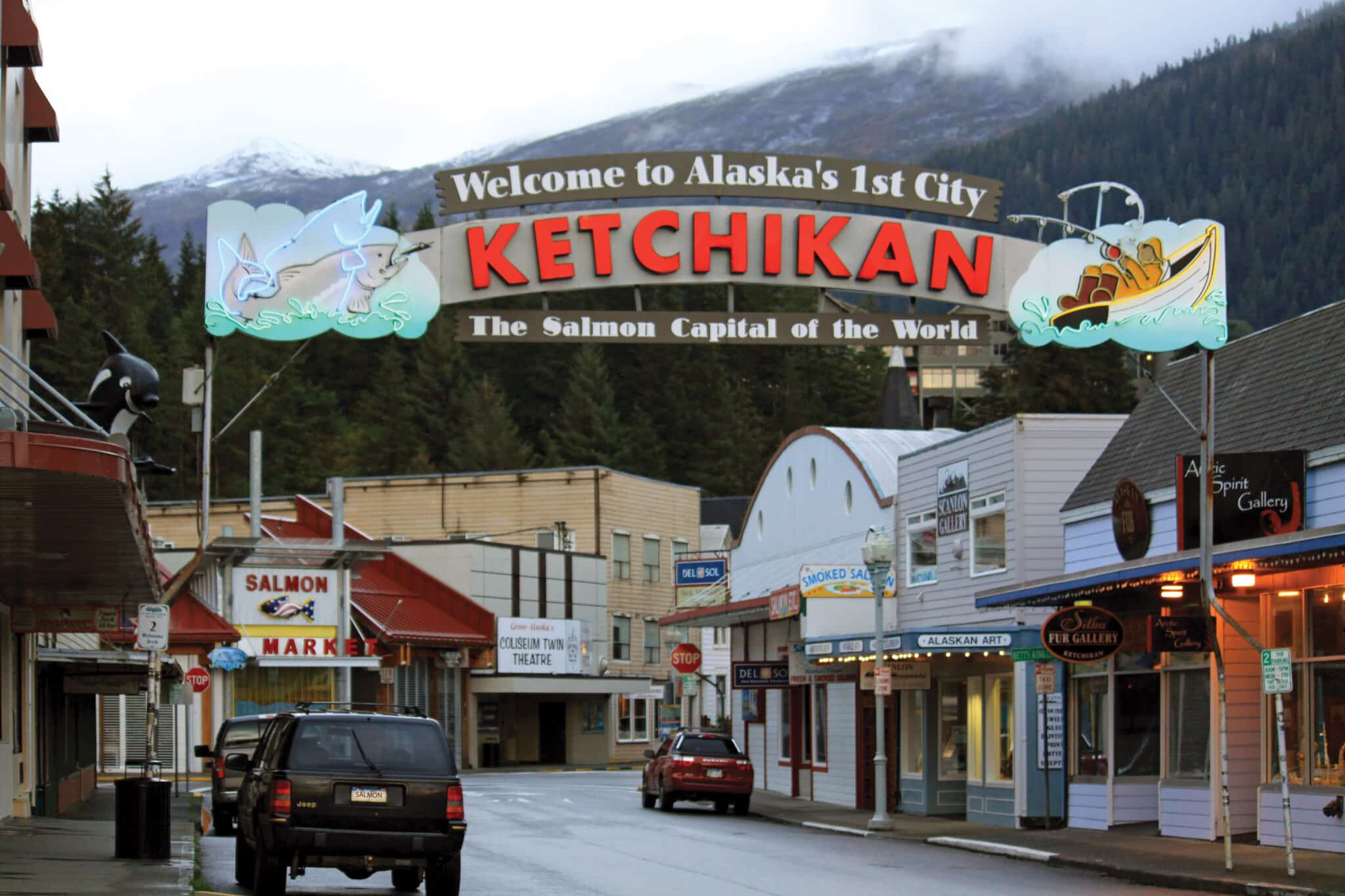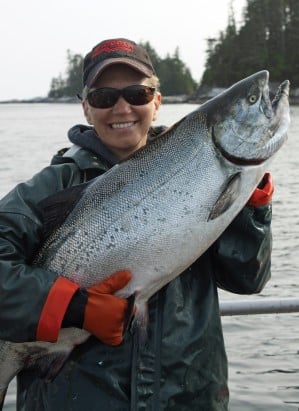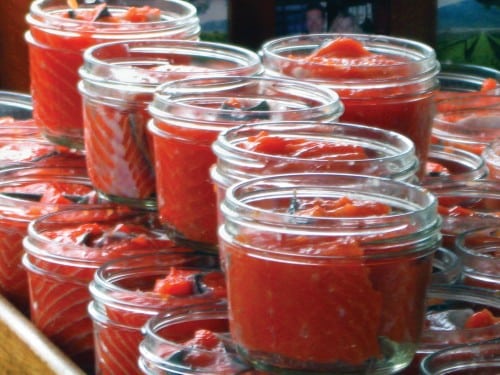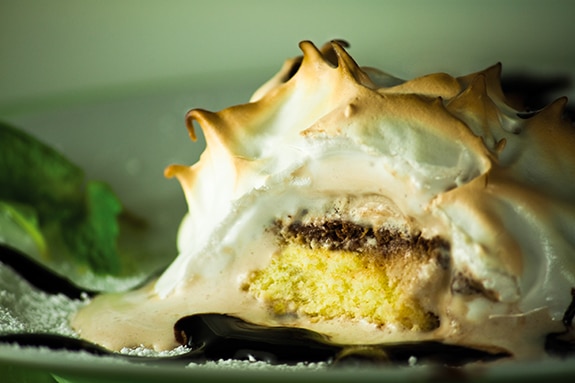Salmon are perhaps the most visually striking of the world’s fish. Sleek and silvery, they are aquatic vertebrates of grace and beauty with buttery and succulent flesh. It’s no wonder that foodies have long considered salmon as one of the ocean’s great natural delicacies.
As its name implies, it’s neither red-fleshed nor white, making it an exceptionally accommodating wine companion. Depending on the preparation, salmon dishes can be paired with a spectrum of wines, including Champagne, Chardonnay and Pinot Noir.
I have been cooking salmon for 25 years and I must have 100 plus recipes for it in my head. While there are several factors that can affect what wine goes best with salmon, you can’t go wrong if you choose a bottle that stands up to the strong flavor of the fish without overpowering it.
Salmon, unlike most foods, has the uncanny ability to be matched to wine by texture — either complementary or in counterpoint — as well as by its saucing.
Salmon also lends itself to assertive adornments. Bright, acidic sauces – those made with lemon, capers, tomatoes and fruit – work well because they cut through some of the fish’s inherent richness. Salmon’s luxuriant qualities can be heightened with marinades and sauces that include brown sugar, soy sauce, ginger, garlic, hot peppers and sesame oil that enhances salmon without overwhelming its intrinsic flavor. Cooking methods broaden its range – it can be served smoked, poached, grilled, steamed or baked, the list of possibilities for salmon is quite long.
Personal Preference
Wine pairings are also a matter of personal preference. While a certain white wine may be best suited to your meal, you may prefer to drink red wines. Your taste preferences are just as important as any other factor.
If you like your everyday red or white wine, don’t worry about trying to match the food you are eating with that particular wine. What matters most is that you like how your wine tastes. Not every meal requires the perfect match with a wine. With a little research, you can find a wine you love that is perfect for your meal.
Wine Recommendations for Salmon
Depending on the flavors of your meal, one of these wines could be an excellent choice:
Chardonnay Pair this richer white wine with buttered salmon. Chardonnay is a full-bodied wine that is full of flavor. A plain white fish would be completely overshadowed by this powerful white wine, but when served with buttered salmon, the Chardonnay only further complements the creamy flavor of the fish, making it one of the best wine pairings for salmon.
Riesling ths crisp, acidic wine pairs best with the richer flavor of salmon. A good Riesling will also give off a citrus lime flavor that complements salmon. It also pairs well with spicier cuisine, so if you want to try cooking up a more exotic-flavored salmon recipe you might want to pair the concoction with a glass of Riesling.
Pinot Grigio is wonderful with most seafood, including salmon. This light white wine is best with salmon that doesn’t have a strong sauce, and it is excellent with lemon-based sauces. This white wine carries a more succulent flavor like the Riesling with hints of pear and peach. Pinot Grigio is a full-bodied wine that could overpower white fish or shellfish but pairs very well with salmon, particularly smoked salmon. It also goes well with various side dishes.
Sauvignon Blanc is also a great white wine for lighter salmon dishes. It’s important to choose a bottle that is not too fruity. This wine goes well with a number of different entrees, since it is light, refreshing and a bit acidic. The combined aromas of Sauvignon Blanc can bring out the taste of lemon-flavored salmon quite well. It also pairs well with sushi.
Pinot Noir is a great choice if you love red wine. It’s especially excellent with salmon prepared on the grill, and it can hold up to the strong flavor of this fish. This is one of the lighter red wines, so it pairs extremely well with foods like salmon. It is often too heavy for white fish and too light for red meat, but salmon finds the perfect balance when paired with this wine. A Pinot Noir served with herb-grilled salmon will taste especially flavorful.
Zinfandel is very good with blackened or grilled salmon. Look for a bottle that is somewhat fruity and not too dry. This medium-bodied wine displays classic varietal character with a fresh berry aroma and a hint of black pepper. The flavors are bright and juicy, with a zesty spiciness. Pairs beautifully with salmon.
Too often wine can intimidate us. Part of this is due to the tremendous number of choices that exist and part of it is due to the tendency to make wine too precious.
Wine is meant to be enjoyed with food.
Hopefully the above will be useful to you as a guide. It comes down your own choice and preferences. Drink what you like, it’s part of the joy of pairing food and wine!
Cheers!
What type of wine do you serve with Alaskan salmon?














 Follow me Facebook
Follow me Facebook Follow me Instagram
Follow me Instagram Follow me Pinterest
Follow me Pinterest




